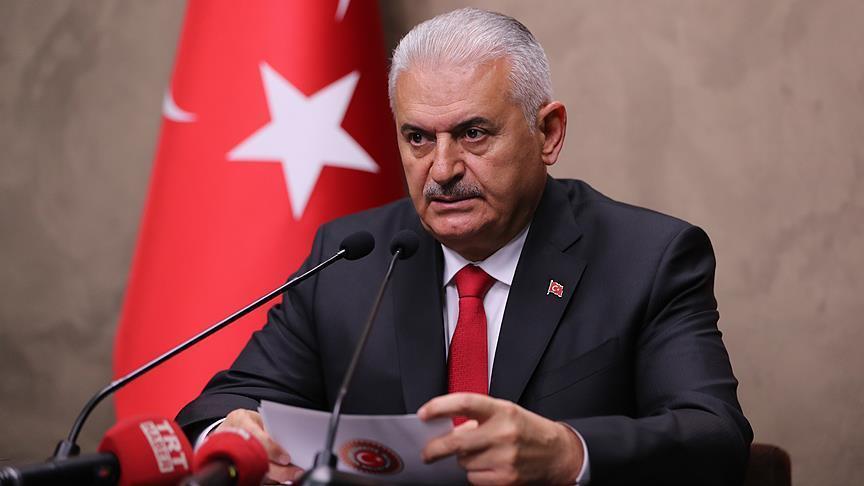Debanhi Escobar choked to death, according to autopsy report
Debanhi Escobar died of "asphyxiation by suffocation" and there was no sexual violence, according to the result of the last autopsy

After an autopsy and a review of evidence with divergent results, Mexican authorities ordered in early July the exhumation of the body of the young Debanhi Escobar, found dead in a cistern in a motel in Nuevo León last April.
The young Debanhi Escobar, who was found dead on April 21 in the cistern of a motel in Nuevo León, died of “asphyxiation due to suffocation in a variety of obstruction of her breathing holes,” according to Mexican authorities when announcing the result of the second autopsy performed.
At a press conference, Felipe Edmundo Takashi Medina, General Director of Expert Services of the Superior Court of Justice of Mexico City, pointed out that the interval “post-mortem is 3 to 5 days from the location of the victim”, is to say, that when it was found, the body presented no more than five days of having died.
He also reported that no evidence was found to support sexual violence and ruled out that the cause of her death was suffocation due to submersion or drowning.
Mario Escobar, the girl’s father, was present at the conference and pointed out that he and his wife will continue to search for the truth: “We are still struggling to find out what happened to Dabanhi.”
“My wife and I continue, and we want to have that certainty and confidence, we want to continue on this path, we are moving forward. In a while I will give a press release,” he explained.
The results were delivered to the Ministry of Security and Citizen Protection (SSPC) to clarify the case after two autopsies with divergent results.
See here the chronology of the Debanhi Escobar case: from the party from which she never returned.
On July 1, Mexican authorities exhumed the body of the adolescent Debanhi Escobar to perform this second autopsy.
The case of Debanhi Escobar: two reviews with ‘opposing’ opinions
The law student was found dead on April 21 inside a motel cistern after spending 12 days missing.
The death of the 18-year-old teenager generated unusual interest in Mexico, hit by a femicide crisis for three decades, and in other countries, where an image of the young woman alone on a dangerous highway moments before her disappearance went viral.
The official autopsy determined that Debanhi had died of a blow to the head, although its origin was not determined.
But the review of evidence managed by the family indicated that the teenager was raped and murdered. According to these studies, Debanhi Escobar has several head injuries caused by another person, so “it is a violent homicidal death.”
The new analyzes sought to “harmonize forensic criteria on the cause of death,” according to the government of President Andrés Manuel López Obrador.
“What need to have reached this point when things could have been done right from the beginning! What we want is to believe again in the Prosecutor’s Office, in the authorities, that the truth be found,” added the teenager’s father.
Accident or murder? What was the cause of Debanhi Escobar ‘s death?
According to the official autopsy carried out by the forensic service of the State Prosecutor’s Office, Debanhi Escobar died of a “deep skull contusion.” When they found her, inside a cistern, 13 days after her disappearance, the young woman had been deceased between 5 days and two weeks, according to the report.
With these data and videos captured by hotel security cameras in which the young woman is seen walking and even running inside the premises, the Prosecutor’s Office announced that one of the hypotheses of the teenager’s death could be an accidental fall inside the cistern.
However, the family of Debanhi Escobar was dissatisfied from the beginning with the procedure carried out by the Prosecutor’s Office and commissioned an independent review of the evidence gathered in that first autopsy.
Some progress came from there, but the young woman’s father, who provided her to the Prosecutor’s Office so that she could be incorporated into the investigation, had tried to keep it a secret.
The results of this independent review, although they coincide with the previous one in that the young woman died from a blow to the head, detail that it was not just a strong blow, but several and repeated. Those blows caused an “intracranial hemorrhage that caused a neurogenic shock [damage to the nervous system] and this, respiratory arrest,” according to El País.


